Choosing the right bangs for your face shape and hair type can completely transform your look – but with so many options available, it’s important to find the perfect style for you.
From face-framing curtain bangs to bold blunt styles, the right fringe can highlight your best features, balance your face shape, and add instant style to any haircut. We’ve organized these 20 bang styles by hair length, hair type, and face shape to help you make the perfect choice.
Whether you’re looking to soften strong features, add texture to fine hair, or make a bold style statement, there’s a perfect bang style waiting for you.
ATTENTION! Do not try and give yourself bangs at home, no matter how many tutorials you’ve seen so far. Instead, go to a professional hairstylist, especially if this is your first set of bangs. You can experiment later, but not with this first base.
I. 5 Types of Bangs Based on the Hair Length
1. Types of Bangs for Short Hair – Baby Bangs
As you’ll see throughout this article, you can wear bangs no matter your hair length. For this first example, we’re also showing you one of the latest trends in terms of bangs, the so-called “baby bangs”.
2. Short Hair with Bangs
We’ve dedicated a whole article to the many glorious ways in which you can wear short hair with bangs in a more, let’s call it artistic fashion. But if you want a more casual approach, go for the side-swept look above!
3. Curtain Bangs and Medium Length Hair
As your tresses grow longer, so will the number of ways in which you can wear your bangs. Take this medium-length look, for example, and see how the longer curtain bangs perfectly accentuate the pretty brown to blonde balayage.
4. Types of Bangs for Long Hair – Side Bangs
Side bangs will look stunning no matter the hair length, but they will be especially gorgeous on longer tresses as you’ll find it easier to make them stand out. Throw your hair in a bun or a ponytail, and enjoy the results!
5. Long Hair with Bangs or Fringe
We just love how well the fringe goes to complete this long, wavy, and slightly disheveled look. Also, in case you were wondering, bangs and fringe are exactly the same things – their use varies according to which side of the great big pond you’re on!
- Quick Hairstyle Hacks: Easy Professional Styles for Busy Women
- Hair Color Trends: Breathtaking Shades and Styles to Try This Season
- Pastel Pink Hair: 50+ Beautiful Hairstyle Ideas and Color Inspiration
II. 5 Types of Bangs Based on the Hair Type
6. Types of Bangs for Thin Hair – Bardot Bangs Idea
We’re now entering a category specially dedicated to choosing the best bangs for your hair type. The first example, and a beautiful one, is this simply gorgeous look from Lucy Boynton.
Make your thin hair looker thicker by adding Bardot bangs to your haircut. Their name comes, as expected, from the stunning Brigitte Bardot.
7. Types of Bangs for Thick Hair
In contrast, if you have thick hair, and a slightly uncontrollable one at that, you can always go for some layers to make it easier to manage. Take the photo above for inspiration and you’ll be all ready for a new set of bangs.
8. Types of Bangs for Curly Hair
There seems to be a common misconception that curly hair doesn’t look good with bangs. We are here to prove this wrong, and the best way to do so is by presenting you with a great example of how you can add a fringe to your curly hair and look stunning!
9. The Different Types of Straight Bangs
Ladies with straight hair don’t necessarily have an off-the-charts volume, so if you want bangs that won’t look like they’re falling flat, combat this by going for a full frontal fringe. A beautiful look, and an effortless one too!
10. Wispy Bangs for Wavy Hair
You can always go for straight bangs if you have wavy hair, but if you want to keep things all-natural, opt for some wispy bangs instead.
III. All Types of Bangs: A List
11. The Different Types of Bangs
As you’ve figured out by now, there are several (that is many) different types of bangs that you could go for, and we think this particular style looks just lovely! They are wispy front bangs that you can also style as curtain bangs.
12. Types of Front Bangs
Not everyone can pull off full frontal bangs, but those that do will likely look stunning. You can go for frontal bangs above or below the eye line.
13. The Different Types of Side Swept Bangs
The same can be said about side-swept bangs. Depending on the shape of your face and on your forehead, you can opt for shorter or longer ones, although we’d recommend the latter – it’s easier to brush them and fix them behind your ear.
14. Side Bangs
Side bangs are quite easy to confuse with side-swept bangs or even curtain bangs. However, you can easily tell them apart by the fact that side bangs are generally only on one side of the face, while the opposite portion will feature normal hair (that is, not bangs).
15. Side Swept Bangs
There’s another way to wear side-swept hair, and that is by actually sweeping your bangs to your preferred side of the head.
16. Fringe Hair
17. Long Types of Bangs
18. Curtain Bangs
As their name suggests, this type of bangs will curtain your face and, depending on their length, draw attention to one or more face features – longer ones will hide the eyes a bit, for example.
19. Short Types of Bangs
While you might confuse them with the baby bangs we started the article with, short bangs are actually their graduated, longer version, and actually, the first type of short bangs.
20. Blunt Bangs
We’re ending this list of types of bangs with a pair that you just can’t mistake: blunt bangs. Similar to a fringe, in general, this particular type of bang is fuller, straighter, and generally very compact on the forehead.
Frequently Asked Questions
Which face shapes look best with bangs?
Bangs work beautifully on all face shapes when chosen correctly. Round faces benefit from side-swept or long bangs that don’t emphasize width. Square faces look great with soft, wispy bangs that soften angular features. Heart-shaped faces suit full bangs that balance a wider forehead, while oval faces can wear almost any bang style.
How do I maintain my bangs between salon visits?
Bangs require regular maintenance every 3-4 weeks to maintain their shape. Between appointments, avoid cutting them yourself – instead, use styling techniques like blow-drying with a round brush or using texturizing products to manage growth. If they become too long, pin them back rather than trimming at home.
Can I get bangs if I have a cowlick or double crown?
Yes, but it requires skill from your hairstylist. Cowlicks and double crowns affect how hair naturally falls, so your stylist will need to work with your hair’s growth patterns. Side-swept bangs or curtain bangs often work better than blunt styles for those with strong cowlicks.
What’s the difference between curtain bangs and regular bangs?
Curtain bangs part in the middle and frame both sides of the face, creating a “curtain” effect. They’re typically longer than regular bangs and blend seamlessly into the rest of your hair. Regular bangs usually go straight across the forehead and can be blunt, wispy, or side-swept.
How long does it take for bangs to grow out?
Bangs typically take 3-4 months to grow long enough to blend with the rest of your hair, and 6-12 months to completely grow out. During the grow-out phase, try styling them to the side, using headbands or clips, or asking your stylist to gradually blend them into longer layers.
Ready to Change Your Look?
These 20 bang styles prove that there’s a perfect fringe for everyone, regardless of face shape, hair type, or personal style. The key to successful bangs is choosing a style that complements your natural features and lifestyle. Remember, always consult with a professional hairstylist before making the cut – they can assess your face shape, hair texture, and growth patterns to recommend the most flattering option.
Start with subtle changes like curtain bangs or side-swept styles if you’re new to fringe, then gradually experiment with bolder looks as you become more comfortable. The right bangs can be truly transformative – giving you a fresh new look that enhances your natural beauty.

Susan is a successful hair stylist who chose to combine two of her biggest passions: writing and styling! When she is not sharing her experience with out readers, Susan updates her skills and knowledge with new styling courses and trainings. She specializes in event hair and makeup and is working on her own illustrated hairstyle book.
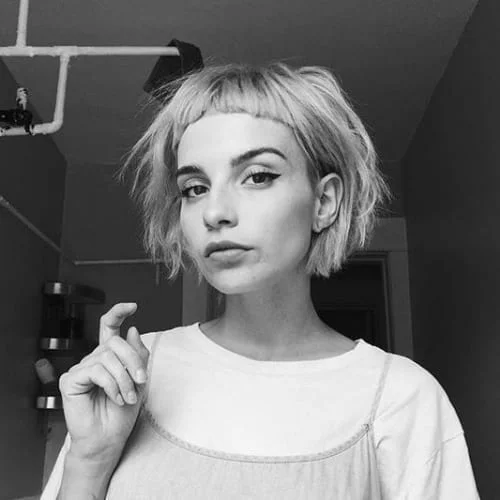
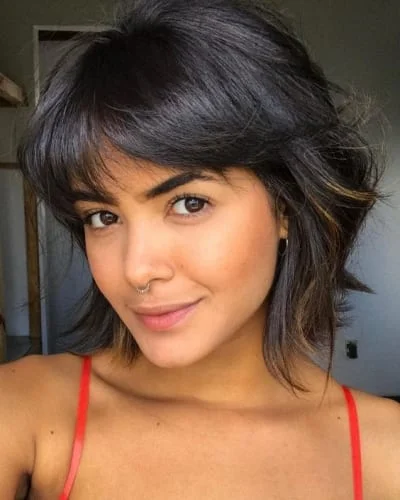
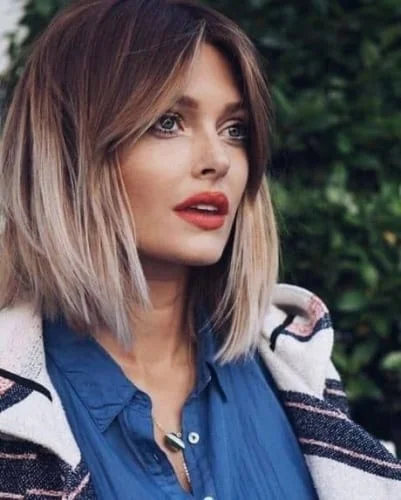
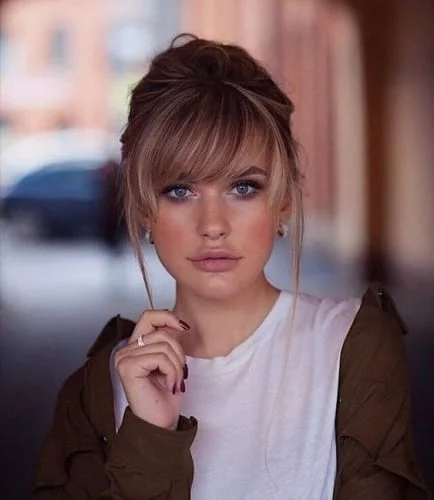
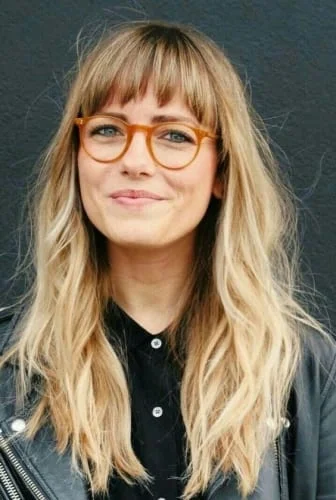
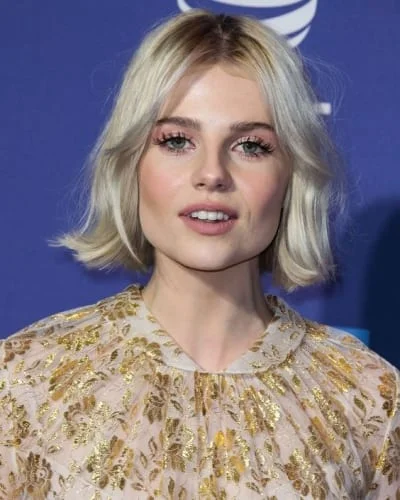
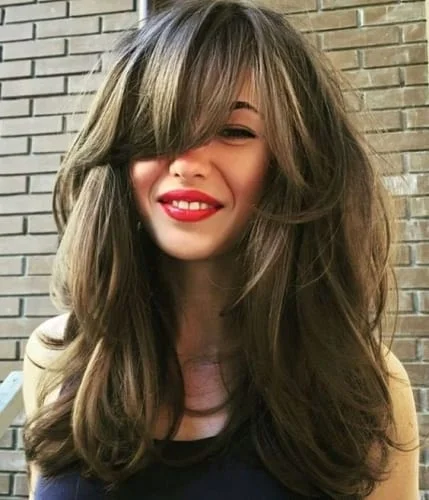


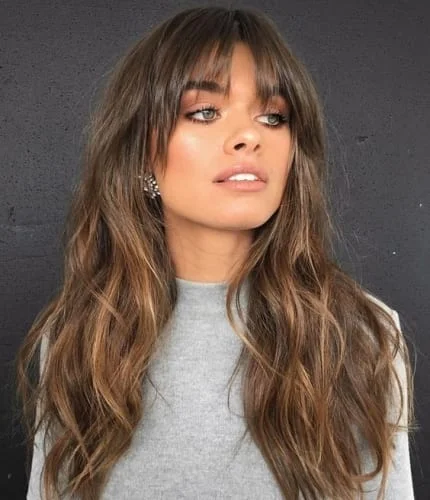
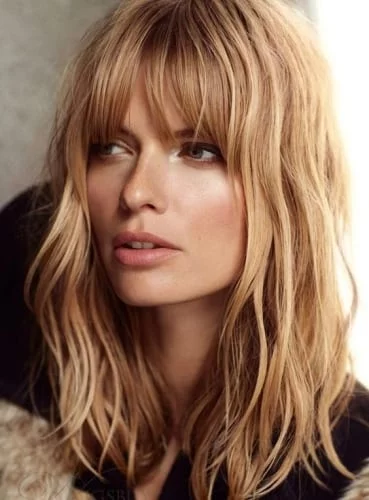
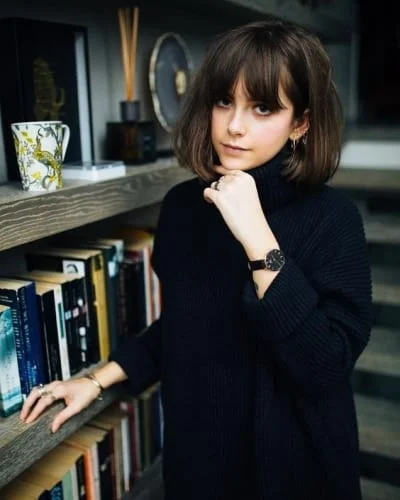
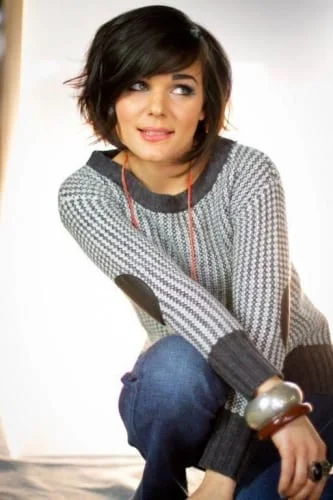
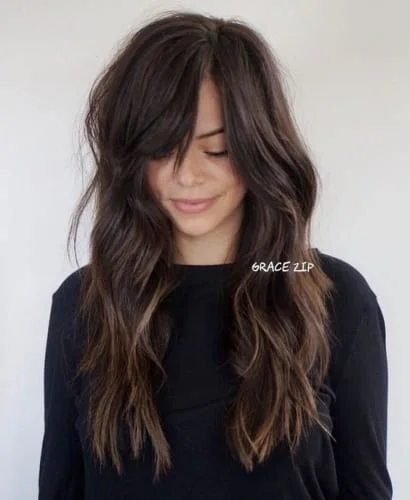
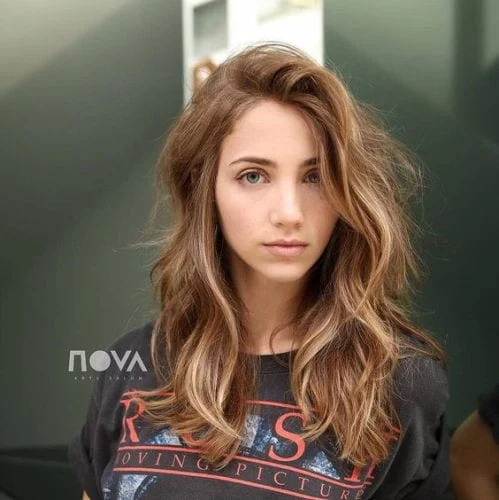
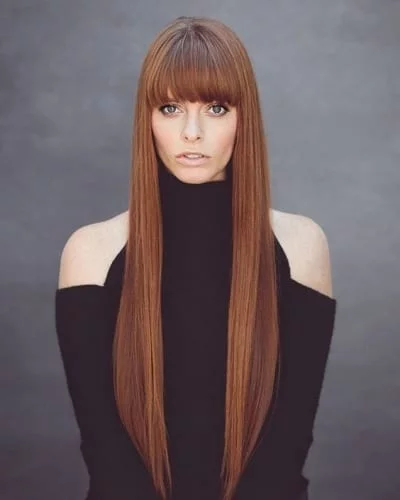
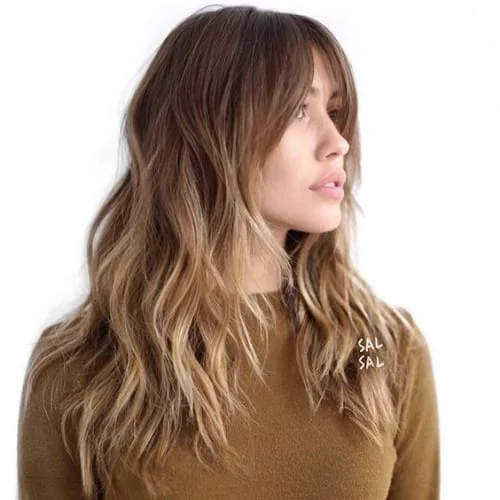
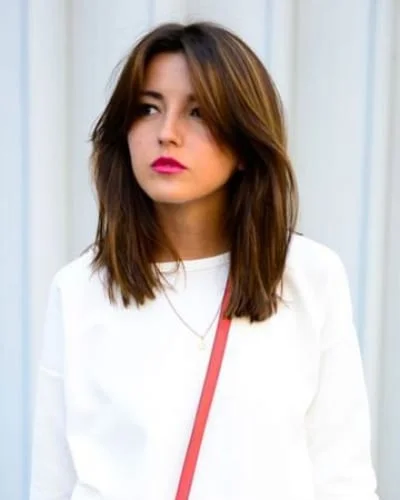

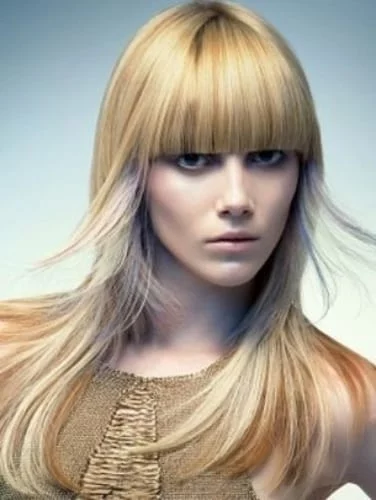
I can’t decide, they are all so pretty